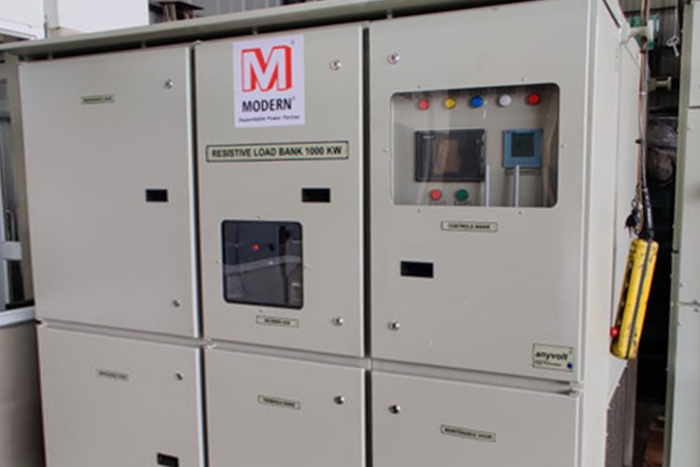
04
Oct
What Is the Purpose of a Load Bank?
A load bank is a device that is used to simulate a load on an electrical power source, such as a generator, inverter, or battery. It is used to test and evaluate the performance and capabilities of the power source under various load conditions. Here are some common purposes of a load bank:
- Commissioning and testing: Load banks are commonly used to commission and test new power sources, such as generators and inverters, to ensure that they are operating correctly and meeting the required specifications.
- Maintenance and troubleshooting: Load banks can also be used to perform maintenance and troubleshoot issues with existing power sources. For example, a load bank can be used to identify issues with a generator’s fuel system or electrical components.
- Load testing: Load banks can be used to load test power sources to ensure that they can handle the expected load under normal operating conditions.
- Training: Load banks can be used as a training tool to teach technicians and engineers how to operate and maintain power sources.
- Research and development: Load banks can also be used in research and development to test and evaluate new power sources and technologies.
Overall, load banks serve a variety of important purposes in the testing, maintenance, and operation of electrical power sources.

